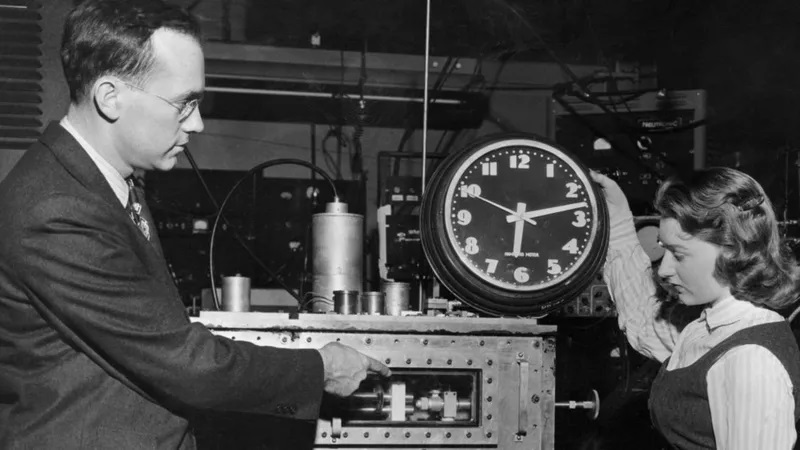A Time Zone for the Moon

Merritt Island, Florida, USA - September 10, 2011: Vehicle Assembly Building at NASA's Kennedy Space Center, which was first used to assemble the massive American Saturn V launch vehicles, on Merritt Island, Florida
The US space agency NASA plans to develop a new time zone for the Moon – Coordinated Lunar Time (LTC). Because of the different gravitational field strength on the Moon, time moves quicker there relative to Earth, – 58.7 microseconds every day. This might not seem like much, but it can have a significant impact when trying to synchronize spacecraft. The US government hopes the new time will help keep national and private efforts to reach the moon co-ordinated. This fundamental theory of gravity in our Universe has an important consequence that time runs differently in different places in the Universe. The gravity on the Moon is slightly weaker and the clocks run differently. Time is currently measured on Earth by hundreds of atomic clocks stationed around our planet which measure the changing energy state of atoms to record time to the nanosecond. If they were placed on the Moon, over 50 years they would be running one second faster. An early atomic clock “maser” in the mid-1950s
An early atomic clock “maser” in the mid-1950s
An atomic clock on the Moon will tick at a different rate than a clock on Earth. It makes sense that when you go to another body, like the Moon or Mars, that each one gets its own heartbeat. But NASA is not the only one trying to make lunar time a reality. The European Space Agency has also been developing a new time system for a while. There will need to be agreement between countries and a centralized coordinating body. Currently this is done by the International Bureau of Weights and Measures for time on Earth. At the moment on the International Space Station, Coordinated Universal Time is used because it remains low in orbit. Another element that countries will have to agree on is where the new time frame begins from and to where it extends.





